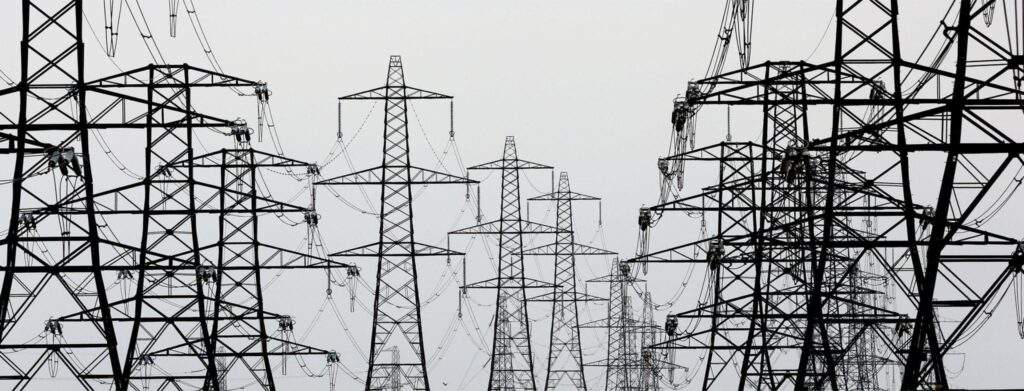The Nigerian government has made a significant move by transferring its 40% ownership stake in electricity distribution companies (DisCos) from the Bureau of Public Enterprises (BPE) to the Ministry of Finance Incorporated (MOFI). This pivotal decision was revealed by Wale Edun, the Minister of Finance, in a directive dated January 10.
In the directive, the board of directors of MOFI was instructed to take over the ownership, control, and management of the federal government’s equity holdings in Nigeria’s 11 DisCos. This move signifies a crucial shift in the management and governance of the country’s energy distribution sector.
The repealed Electric Power Sector Reform Act of 2005 had previously designated BPE as the custodian of the FG’s equity interests in DisCos. This entailed the nomination of directors in DisCos and the oversight of the government’s rights and obligations within these companies. However, with the recent development, the BPE’s nominee director on the board of DisCos has been immediately withdrawn, and share certificates issued in the name of the BPE are to be canceled.
Armstrong Takang, CEO of MOFI, highlighted that new share certificates for all outstanding shares of the federal government in the DisCos will be issued in the name of the “Ministry of Finance Incorporated.” Additionally, he mandated the prompt delivery of essential documents and reports to MOFI, emphasizing the need for DisCos to swiftly implement these directives.
Moreover, last December, BPE announced plans to divest the remaining 40% shares of the federal government in the DisCos and four other assets through public offerings at the capital market. These assets include Eleme Petrochemicals Company Limited, Nigeria Reinsurance, NICON Insurance, and Nigeria Machine Tools in Osogbo.
The transfer of ownership and control of the DisCos to MOFI represents a significant shift in Nigeria’s energy governance and is poised to have far-reaching implications in the nation’s power sector. This move signals a new chapter in the management of critical infrastructure and sets the stage for potential reforms and developments in the country’s electricity distribution landscape.
